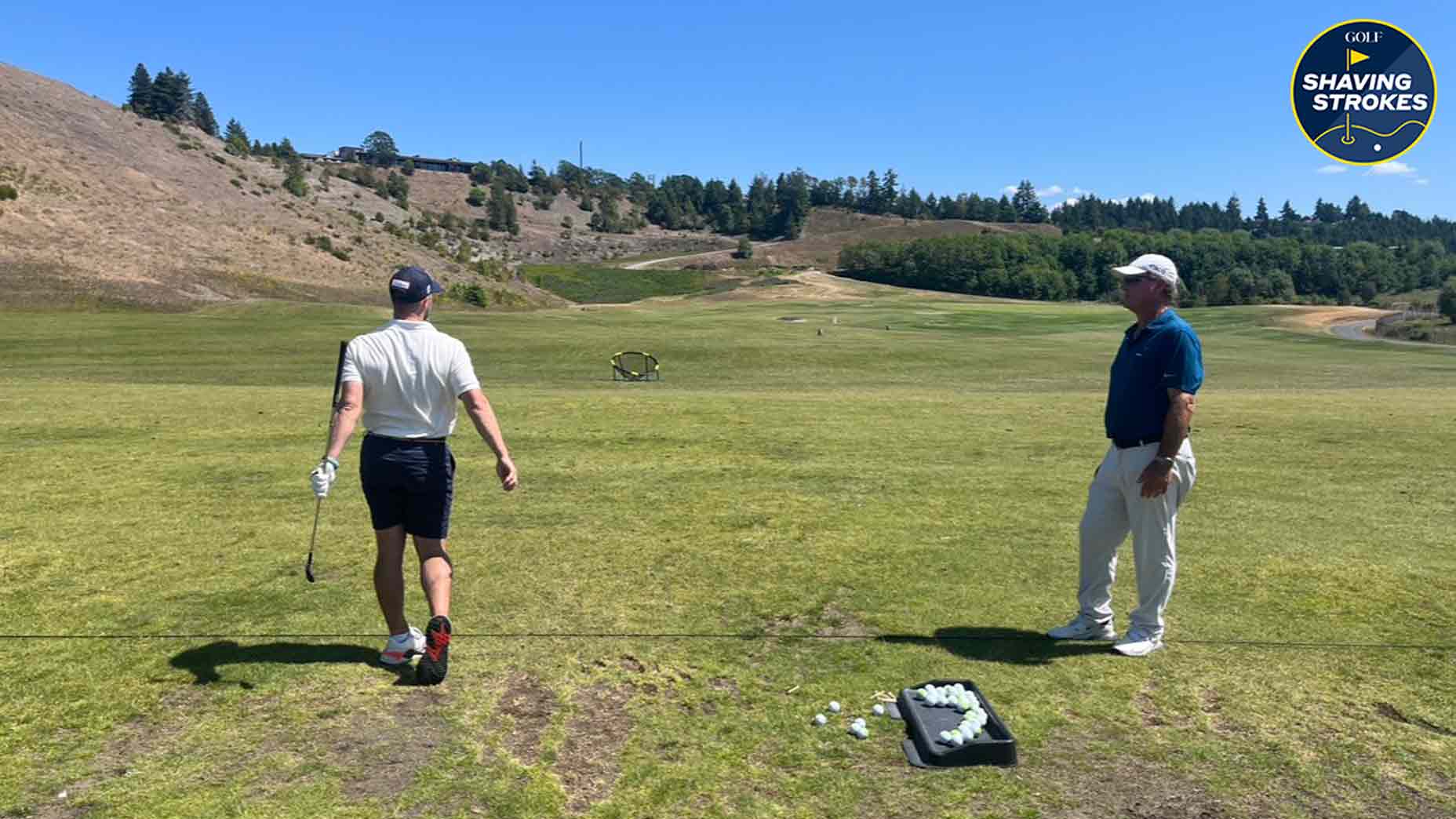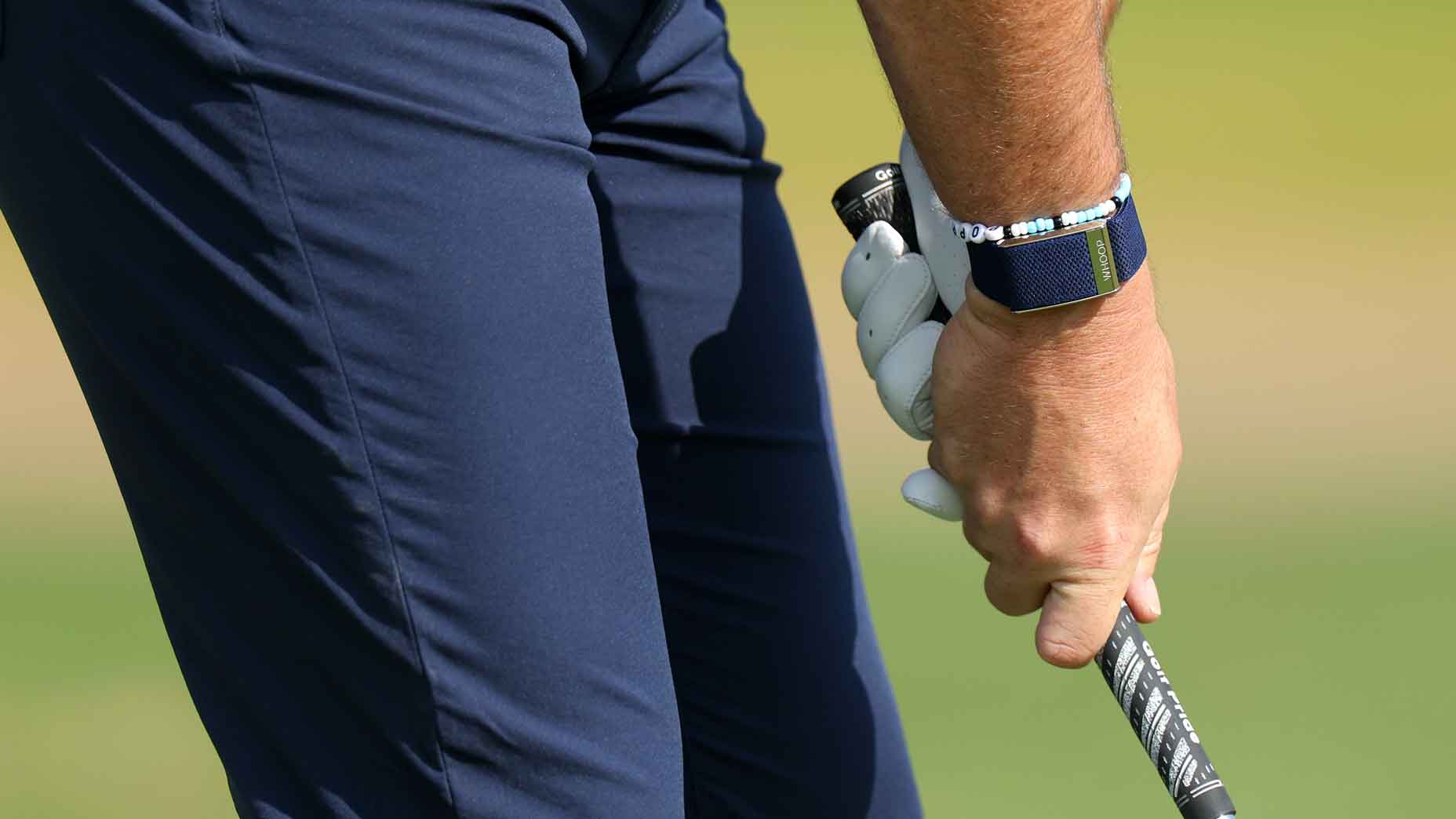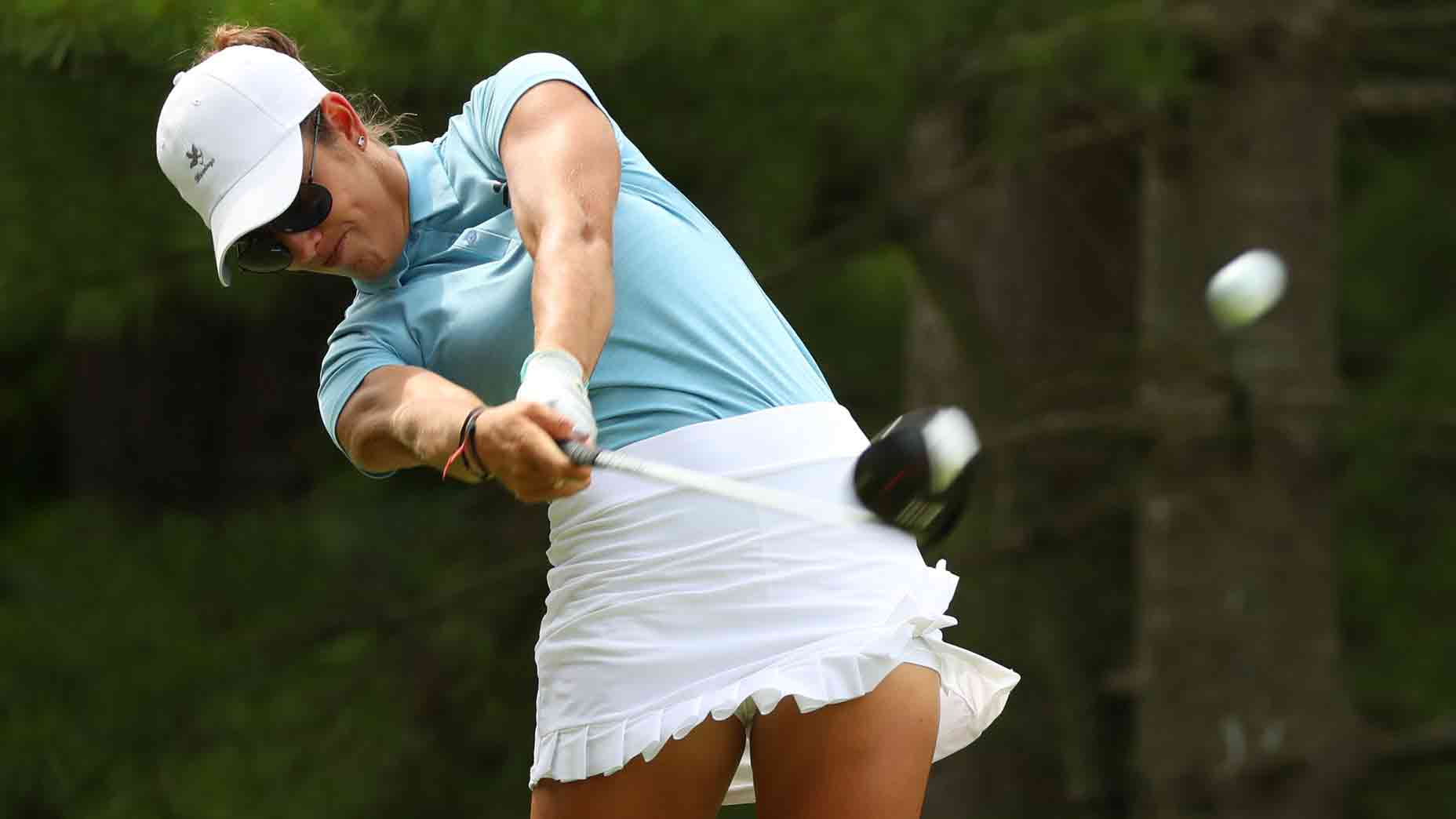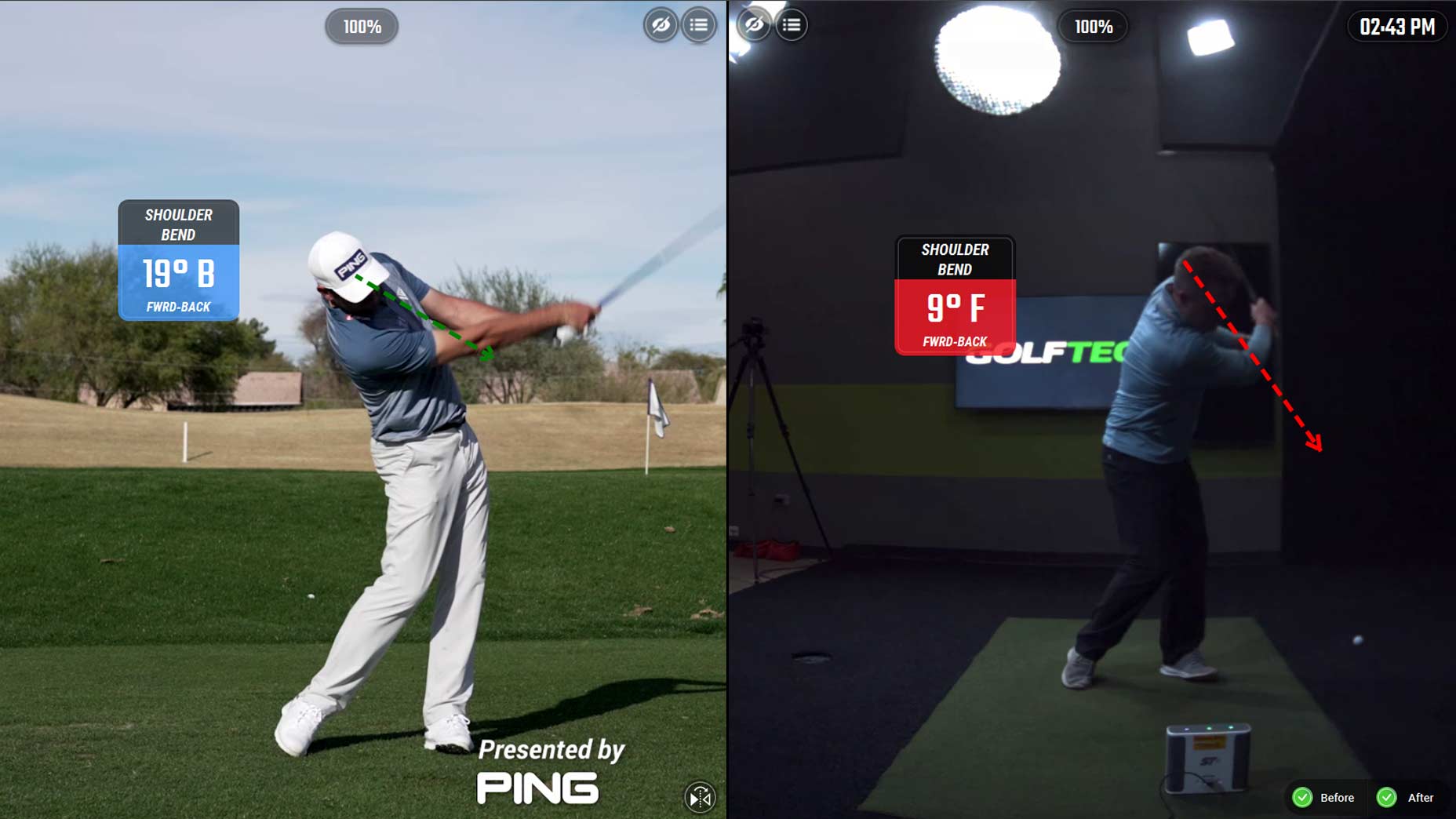Welcome to Shaving Strokes, a new GOLF.com series in which we’re sharing improvements, learnings and takeaways from amateur golfers just like you — including some of the speed bumps and challenges they faced along the way.
Whether you’re a new player or have been around the game for decades, we all have our own golf habits. Of course, that doesn’t always mean that they’re of the good variety.
Unfortunately, I recently found this out during my first-ever golf lesson, where GOLF Top 100 Teacher Brian Mogg dissected every facet of my game, giving me the cold, hard truth in order to make me a better player.
Now, look, it wasn’t easy being told that I’ve been playing golf wrong for the past 26 years. It messed with me mentally, and made me overthink everything I did, knowing Mogg was watching me like a hawk as I tried to implement the instructions during my first lesson.
But the first step toward recovery is admitting you have a problem, right? Well, here’s how addressing my bad golf habits during that lesson has helped me shave strokes off my game.
Understanding my bad golf habits
In a previous article, I referenced how wonky my swing sequence had always been. For years, I’ve been blaming it on having two bad shoulders from a moped accident in high school (seriously!). But after working with Mogg, he gave it to me quite bluntly.
He essentially told me it was an excuse, and the real reason I wasn’t rotating all the way through was sheer laziness — not necessarily a word I’ve ever associated with myself, but, hey, it was the truth!
I was making life harder on myself by trying to use my arms more than using my core and hips to my advantage. This caused me to fall off plane and open up my clubface — which is why I experienced so many slices; especially with my driver and fairway woods.
10 golf grip fundamentals that can improve your gameBy: Kellie Stenzel, Top 100 Teacher
I was also gripping the club incorrectly for my swing, initially using more of a weak grip. Mogg corrected this, swapping it out for a stronger grip, which helped provide more of a draw rather than fearing a slice.
The video above shows the slight improvement, as you can hear Mogg say towards the end, “Draw. Good, though; where’d the ball start?”
While that first attempt wasn’t great, the very next swing produced incredible results.
As the video below shows, I hit a pure 3-wood right down the center of the driving range, with it reaching about 270 yards after the roll. With instant results, I knew it was time to stick to the tips Mogg gave me.
Once I knew about what I was doing wrong, it was time to go to work and apply some changes; which wasn’t easy as first.
How addressing these golf habits improved my game
Following the lesson with Mogg, he recently met me for a quick 9 holes. No, he never broke character as a golf teacher, which was both intimidating and useful in order to clean up some of my bad golf habits.
Outside of the swing corrections during my first lesson, he told me about a few other issues that were adding unnecessary strokes to my scorecard.
Putting setup
Are you left-eye or right-eye dominant? If you don’t know, it’s worth finding that out — because it can really cause a mess when you’re putting.
In my case, Mogg found out I was left-eye dominant, meaning I needed to set up with that eye on the back of the ball. I was never doing this, which negatively impacted my putting stroke.
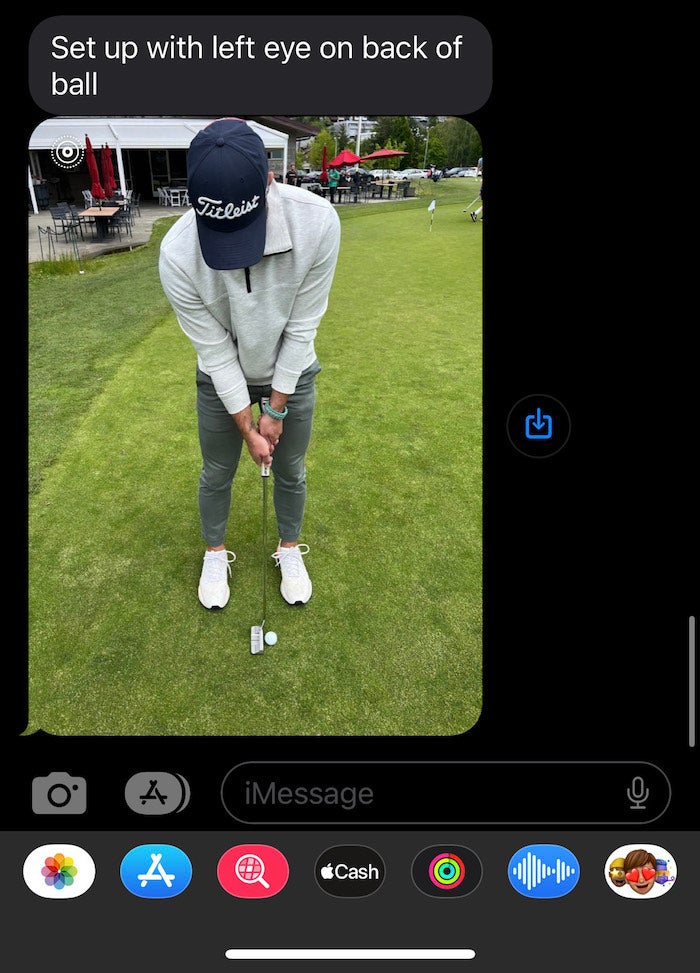
General putting setup
As the image below shows, Mogg snapped a pic and sent direct instructions for how to improve my general putting setup.
Initially, I was leaning too far over, which led to me trying to push the ball rather than hit the ball. My putter’s clubface wasn’t swinging on a pendulum, and I was so tense that I actually restricted the putter’s club path through impact.
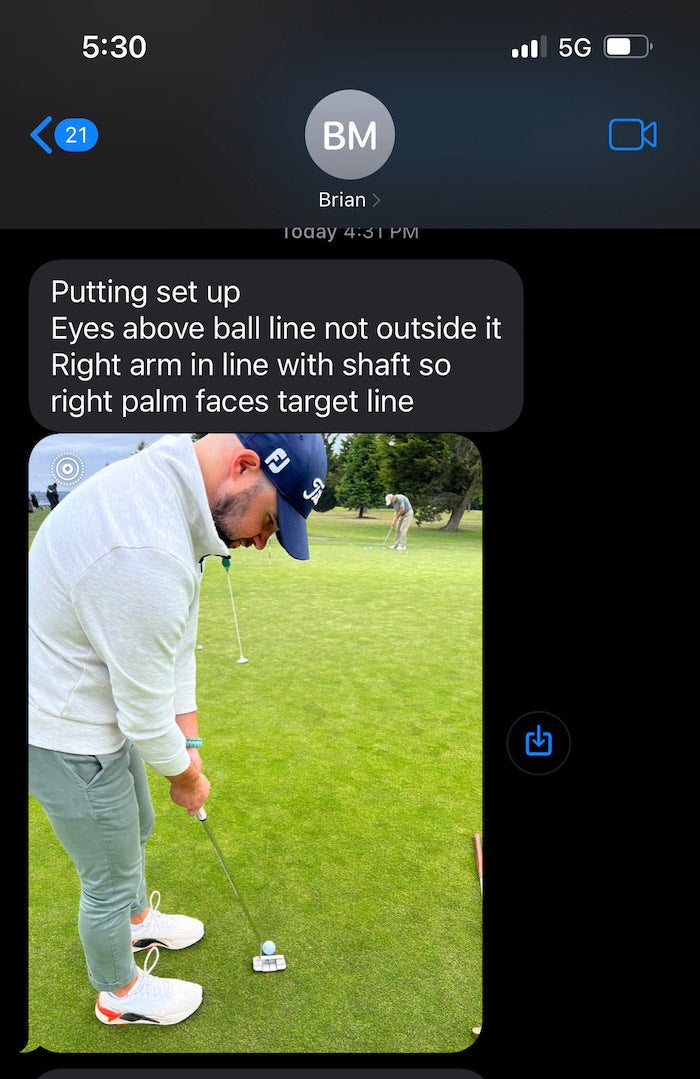
By using the tips above, I have much better control of my putter. The tension in my hands is gone, and I’m swinging much more relaxed — which is really helping me with my distance control.
Tee box alignment
Whether you already knew this or not, one thing Mogg told me was to tee up my ball on the same side that the flagstick is on. As basic as this seems, Mogg reassured me that it’s going to help put me in better position on my approach shots. It allows some forgiveness when you hit a bad shot, and it further rewards your good shots.
Finding my preshot trigger
Get rid of those swing thoughts and confidently step up to your golf ball. Unfortunately, too many amateur players do the opposite, and instead allow their mind to run. I was guilty of this, overthinking my setup, my alignment, my angle of attack, and even how I’d react if I mishit it.
Dear Nick, stop with the negativity!
4 LPGA Tour pros reveal their favorite go-to swing thoughtsBy: Zephyr Melton
This is where a preshot trigger is so important. Mogg told me it can be subtle — his is tightening the strap on his glove as he approaches his shot, which locks him in and commits him to his shot.
I’ve started to do something similar to relax more prior to each shot, as I take a deep breath, stare down the middle of the fairway, waggle the club in front of me to loosen my wrist, and confidently go up and hit the ball. No practice, no overthinking, just doing!
Short game creativity
Raise your hand if you always default to using some sort of wedge when you’re around the green. It makes sense, right? A higher-lofted club provides some protection against bad shots, allowing a mishit to produce a good result.
But Mogg reminded me that not all shots are created equally.
What’s the lie look like? Is the ball buried? Is it above or below your feet? Do you need a little run to get your chip to the hole, or is a flop shot required? These were all things Mogg kept asking me during each hole, telling me to stop thinking about the next shot and just be in the moment with this one.
In one instance, he told me to use a 5-iron when I was about 6-feet off the green, trying more of a chip-putt technique. I choked up, opened the clubface, landed the ball right where he told me to (about 18 inches on the front of the green), and watched the ball roll to about four inches of the cup.
Look, I have a long way to go toward seeing the consistent scores I expect of myself. But as I work on breaking 80 for the first time by the end of this summer, I’m closer today than I was a week ago, having already shaved about two strokes off my game. It required me to be honest with myself, and trust the process — because it’s not going to happen overnight.
Sure, my first-ever lesson was an absolute crash course in golf instruction. But it led me to break some of the bad golf habits that were negatively impacting my scorecard.

GPOD

